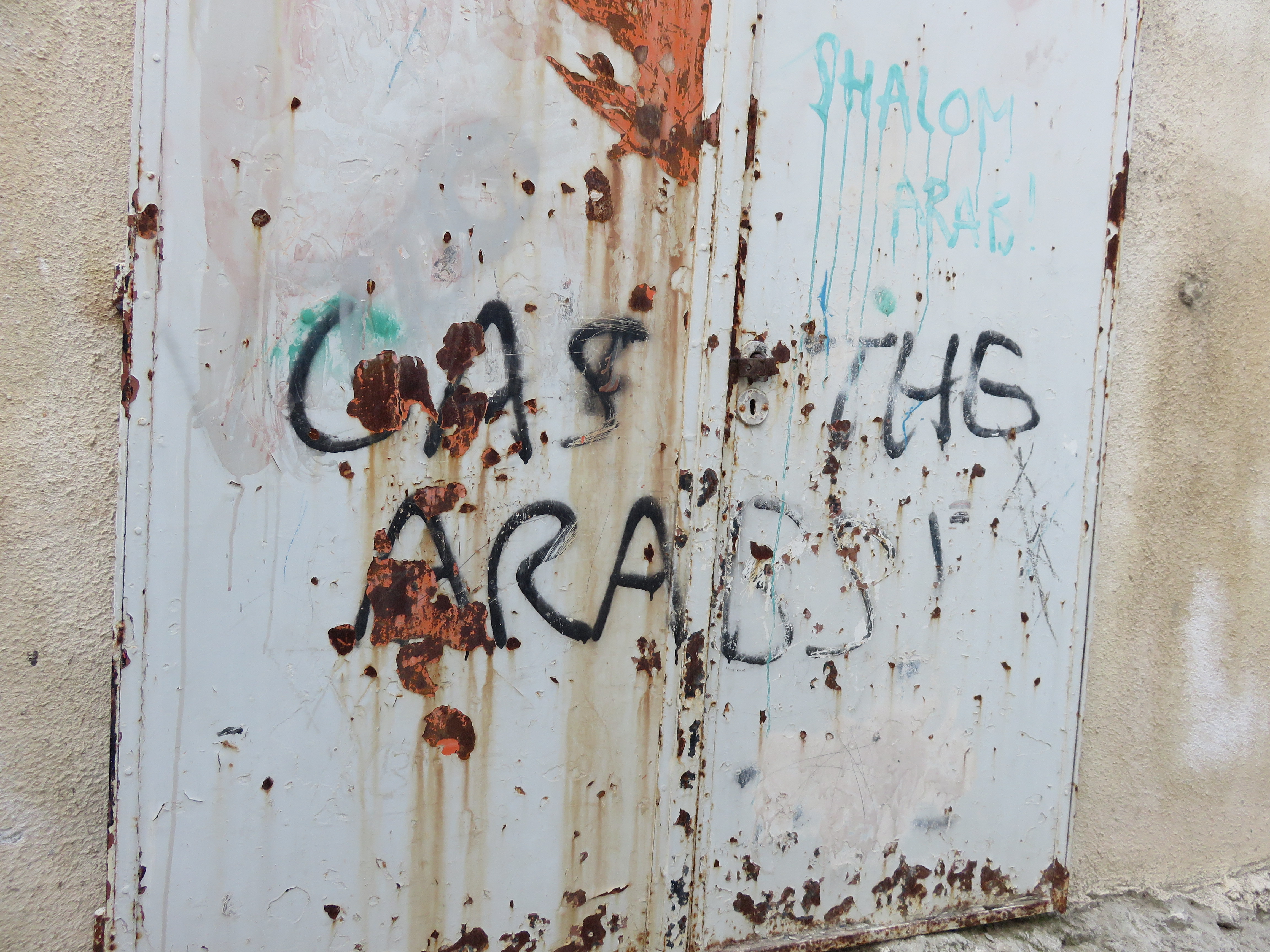Tag: Live Ammunition
-
We want our children back!
29th November 2016 | International Solidarity Movement, al-Khalil team | Hebron, occupied Palestine On Monday, 28th November 2016, Palestinians gathered to demand the bodies of their loved (brothers, sisters, mothers, fathers, daughters and sons) – killed by the Israeli occupation forces – back for burial. Many of these family members who attended were holding signs…
-
I’m sorry we never knew each other
29th October 2016 | International Solidarity Movement | Hebron, occupied Palestine This is a the personal thoughts of an ISMer, remembering the execution of Hummam Adnan al-Saeed and Islam Rafiq Hammad Ibeido, on 27th and 28th October 2015. Israeli forces gunned down the two Palestinian men right in front of the ISM-apartment. The only thing…
-
Remembering Hummam, Remembering Islam: Reflections on genocide, one year on.
27th October 2016 | International Solidarity Movement, al-Khalil team | Hebron, occupied Palestine Acts of injustice done between the setting and the rising sun In history lie like bones, each one. – W. H. Auden, from “The Ascent of F6″ Today marks one year since the murder of a young man outside the ISM…


